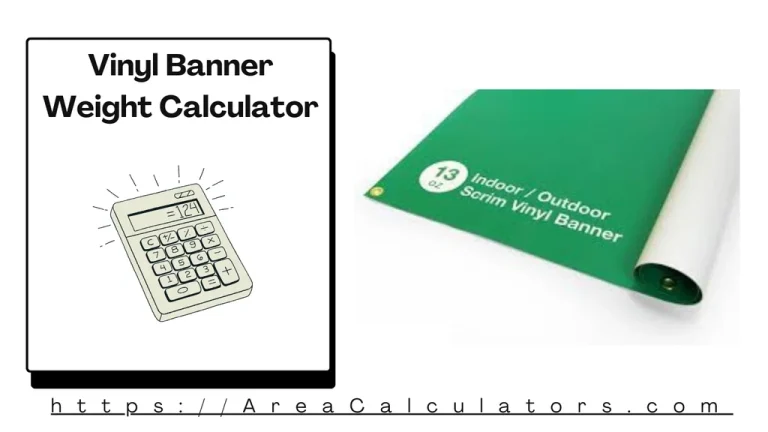Sa/V Ratio Calculator
To calculate the surface area-to-volume ratio (SA/V), divide the total surface area (Sa) by the total volume (V) of the object.
The Sa/V Ratio Calculator is well suited for computing the surface area-to-volume ratio of various shapes and objects. This ratio is essential in fields like biology, chemistry, and engineering, where understanding the relationship between surface area and volume is critical for studying cellular efficiency, heat exchange, and material properties.
Formula
Sa/V = Sa / V
| Variable | Description |
|---|---|
| Sa | Surface area (unit²) |
| V | Volume (unit³) |
| Sa/V | Surface area-to-volume ratio |
Solved Calculations
Example 1:
For a cube with a side length of 5 cm:
| Step | Value |
|---|---|
| Surface Area (Sa) | |
| Volume (V) | |
| Formula Used | |
| Result |
Example 2:
For a sphere with a radius of 3 cm:
| Step | Value |
|---|---|
| Surface Area (Sa) | |
| Volume (V) | |
| Formula Used | |
| Result |
What is the SA/V Ratio Calculator?
The SA/V Ratio Calculator is a genuinely brilliant tool. You can use it for calculating the surface area-to-volume ratio of an object. This ratio is crucial in fields like biology, chemistry, and physics, as it helps understand how size and shape affect properties like heat retention, diffusion, and energy exchange. It’s particularly significant in biological contexts, such as analyzing cell efficiency.
This calculator uses the surface area-to-volume ratio formula to provide quick and accurate results. By inputting parameters like dimensions or volume, users can determine the ratio without manual calculations.
In addition to that, it’s beneficial for queries like “How to calculate the surface area-to-volume ratio of a sphere?” or “What is the SA/V ratio of a cube?”
Final Words:
To sum up, the SA/V Ratio Calculator is an indispensable tool for precise and efficient surface area-to-volume ratio analysis. Its application in scientific studies and practical scenarios makes it a valuable resource for accurate measurements and insights.



